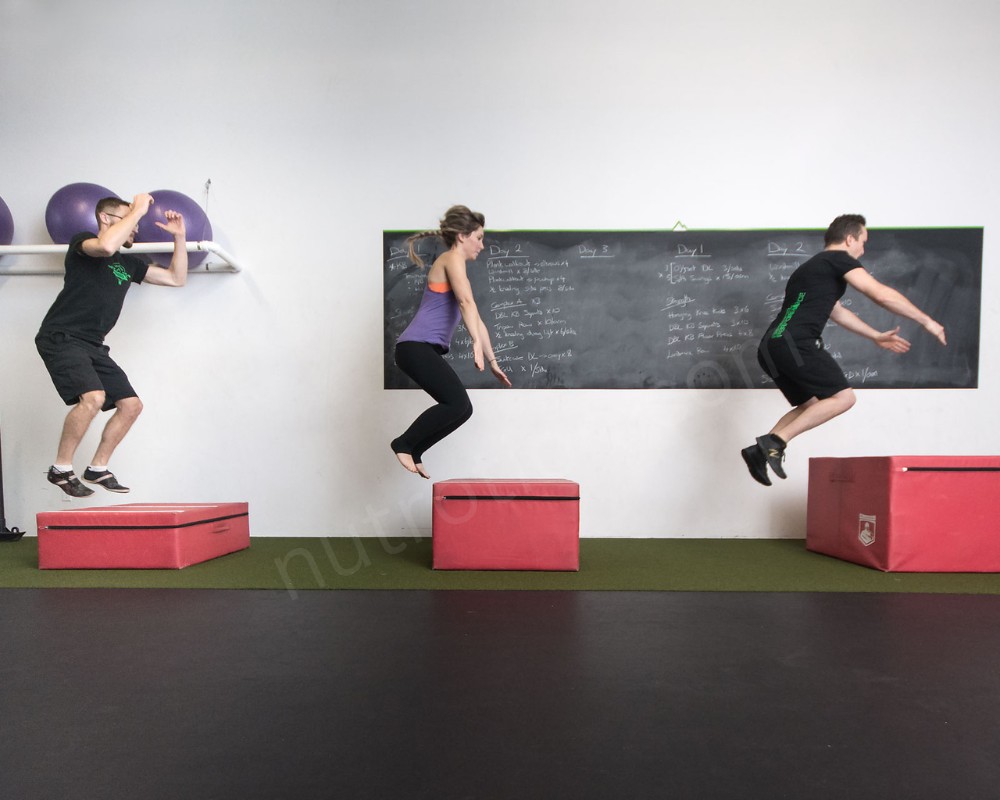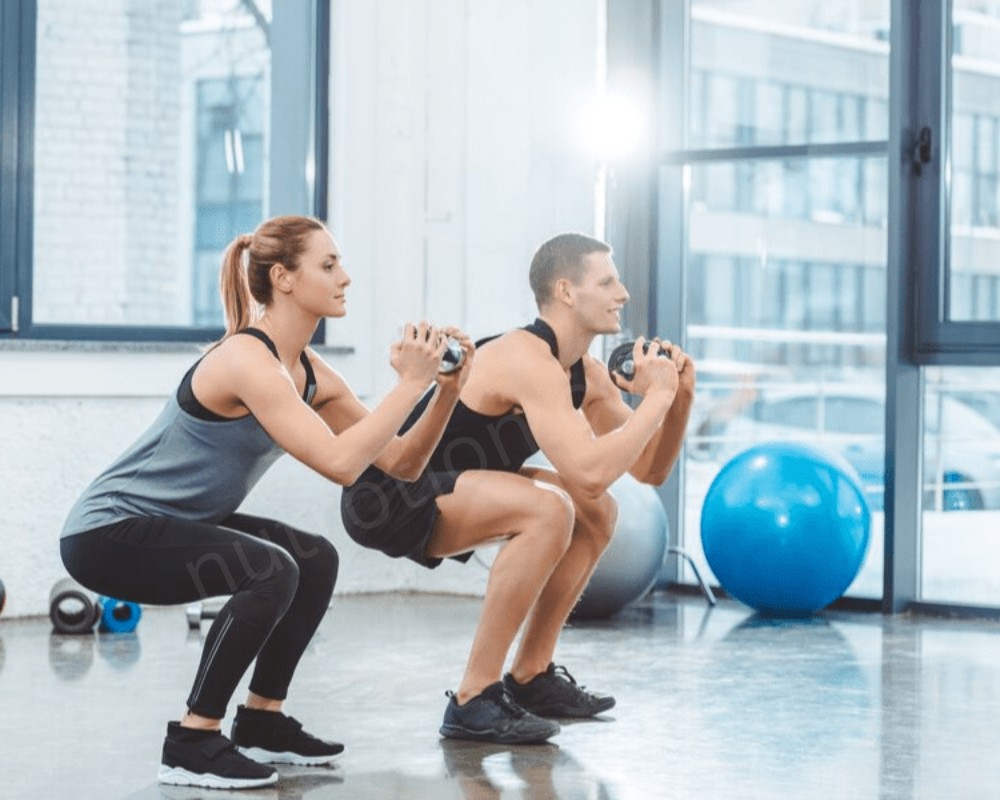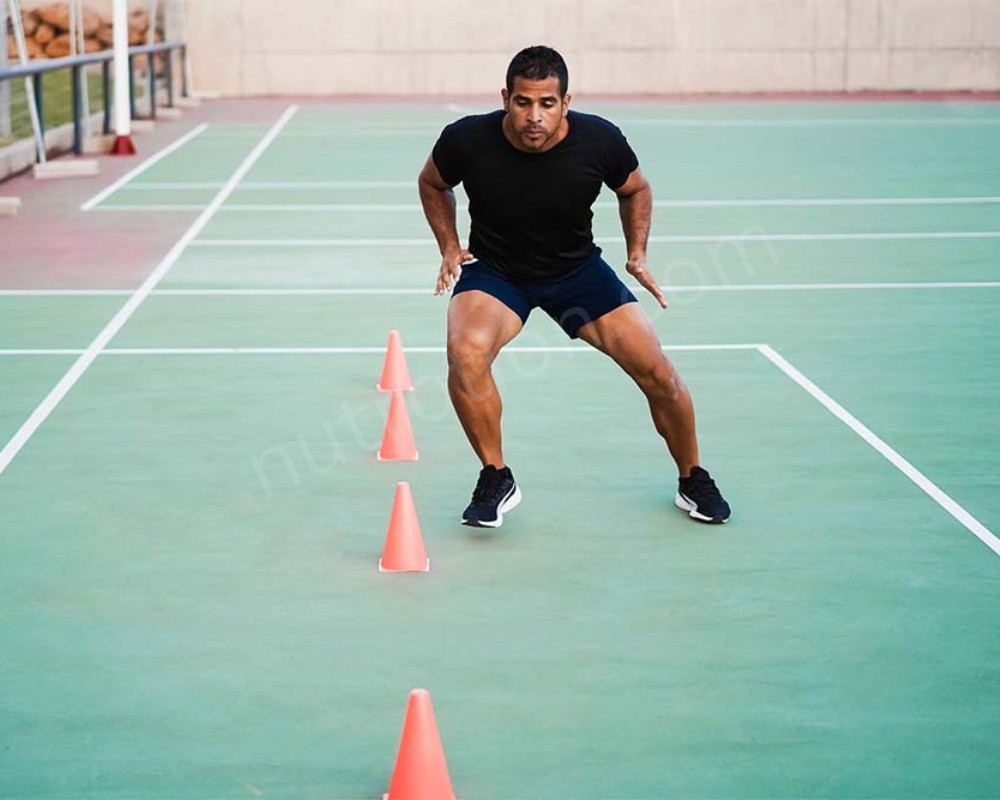We’ve all felt it: that urge to hit the gym, full of energy and motivating us to get right into it and do the workout. But hold your horses! Before you go and lift some heavy weights or run on your treadmill, allow for a few minutes of warm-up. You might think that a warm-up is a pointless task, but in fact, it is a solution to the problem.
Why we should do a Warm-up?
Consider your body as a complicated machine. Would you agree that a cold engine wouldn’t be able to produce the energy it’s supposed to? Just as your body has multiple systems that also need to be readied for the stress of working out. Here’s how warming up benefits your workout:
- Reduced Injury Risk

Cold muscles are tense and more prone to strain and tearing. A warm-up is advantageous because it increases blood flow, loosens joints, and enhances muscle elasticity, thus preparing the body for physical activity. For example, picture yourself running with stiff legs – that is not a formula for winning!
- Enhanced Performance

Heated muscles contract with more power and relax faster, which causes better coordination, speed, and power in the process. You will be able to lift weights, sprint on the track, and do your yoga poses with more finesse and efficiency. It means better shape and even tangible results from the workout.
- Improved Flexibility

More blood flow and loosened-up joints will widen the range of your motions, adding to the effectiveness of your workouts. You’ll be able to get a lower squat, longer lunge, and twist your torso more for core exercises. Therefore, you will get better form and even better performance out of your workout.
- Mental Preparation

A warm-up routine is the perfect way to move from your day to your workout to help you clear your mind and focus into “the zone”. It is a moment of letting go of all the pressures of daily life and applying all your energy to the workout. Take a few deep breaths, stay focused on your movements, and visualize yourself performing at your peak.
Tailored Warm-Ups for Different Activities
Now that you understood the reason for warming up, let’s deal with more specifics! Here are some basic warm-up exercises suitable for most workouts.
- Light Cardio: Begin with 5-10 minutes of low-impact cardio such as jogging, jumping jacks, or jumping rope. As a result, you get your blood pumped and heart rate elevated only gradually, which gives your cardiovascular system some time to adjust to higher physical activity. Consider it analogous to gradually warming up the engine of your car before hitting the high-speed road.
- Dynamic Stretches: In contrast to static stretches (which should happen after your workout), dynamic stretches involve controlled moves that replicate the actions you’ll be doing in your workout. Illustrations may include arm circles, leg swings, torso twists, high knees, and butt kicks. The warm-up activities are meant to prepare your joints for activity and improve your range of motion. Picture a dancer going through leg extensions and arm circles while warming up the same way!
Advanced Warm-Up Techniques
For athletes or those engaging in intense workouts, try these advanced warm-up techniques.
- Muscle Activation Drills

These exercises are geared toward specific muscle groups that will be engaged during your workout. For example, arm circles prior to lifting weights or high knees prior to running. Activation drills boost your neuro-muscular system and enhance muscle coordination. Just imagine it as transferring some tiny little sparks to the engine before the machine itself begins to proceed.
- Sport-Specific Drills

If you are training for a particular sport, find out dynamic stretches and activation drills designed for that type of exercise. A tennis player may alternatively integrate racket swings and footwork drills into their warm-up. This helps to prepare your body for the movements and demands of your chosen sport.
Warm-Up for Different Fitness Levels
- Beginners
Keep it simple! Concentrate on five to seven minutes of cardio and basic dynamic stretches. A walk, jumping jacks, arm circles, and leg swings are a good starting point.
- Intermediate
The ideal warm-up duration should be 10 minutes, and it should be a combination of light cardio, dynamic stretches, and light exercises such as calisthenics or bodyweight exercises. This may include jumping jacks, high knees, lunges, squats, and pushups (if necessary).
- Advanced Athletes
Adjust your warm-up to the particular sport or training program that you are doing. Include sport-specific drills, activation exercises, and a more advanced cardio experience. Another option would be to add plyometric exercises like jump squats or box jumps to your routine to better equip your muscles for bursts of energy.
Duration and intensity of warm-up should be adapted depending on your workout type, surrounding conditions, and your fitness level. The duration of a warm-up can change according to the types of workouts or the temperature. Be conscious of the messages your body sends. If you feel stiff or tired, increase your warm-up time.
Warming up gets your body ready for training while cooling down helps it to become normal hereafter. Add 5-10 minutes of light cardio, such as walking or jogging, and then perform static stretches that focus on the significant muscle groups that you used during your workout. Keep every stretch 15-30 seconds, breathing deeply and controlled. This brings the flexibility up, relieves muscle pain, and therefore, avoids injuries.
In conclusion, a good warm-up is an essential component of any exercise program. In just a few minutes of warming up your body, you are already laying a foundation for safer, more productive, and ultimately more rewarding workout. Therefore, in your next workout session, or running sessions do not forget to warm up and you will feel satisfied for it.


